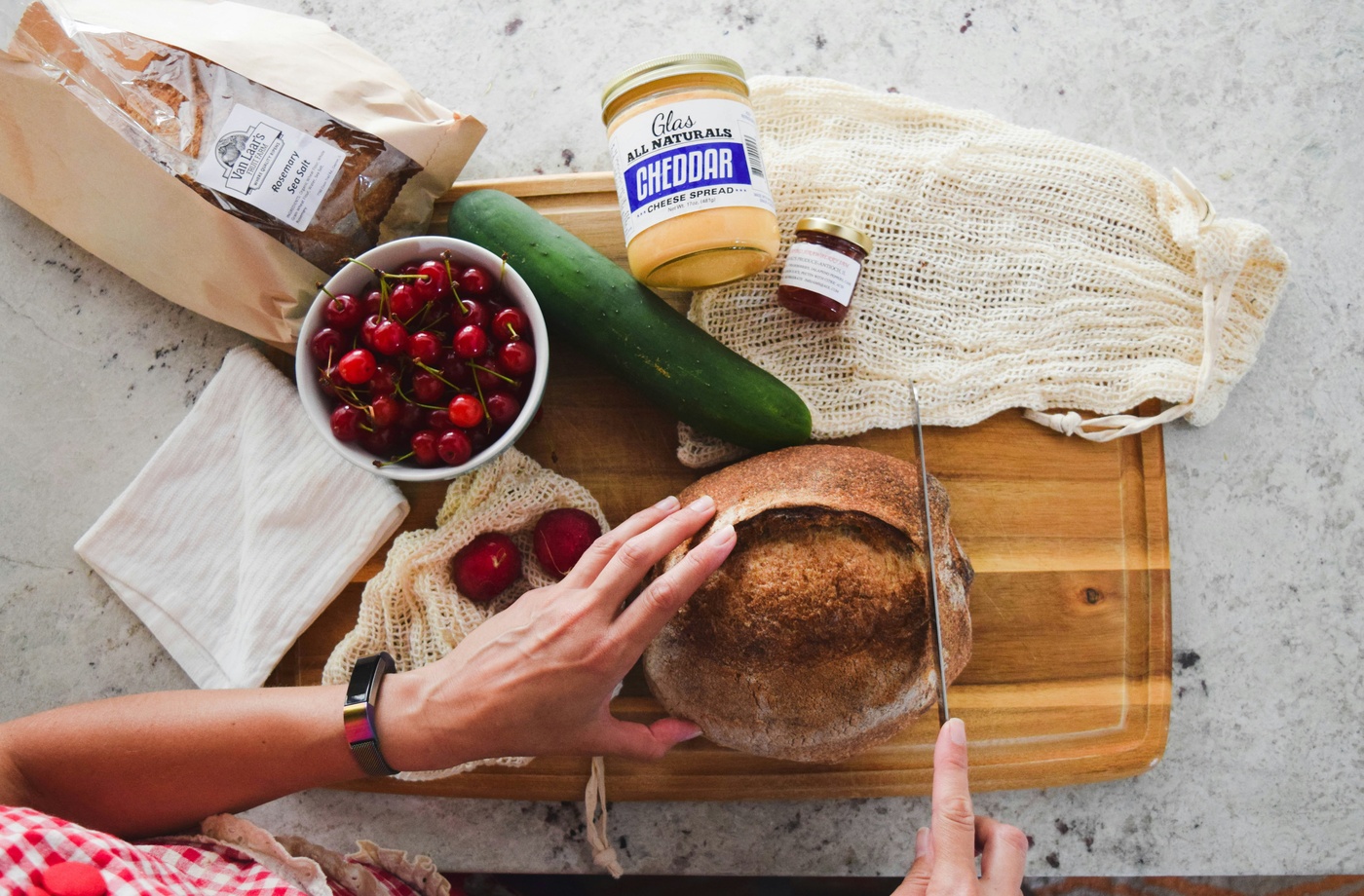Stretching your grocery budget doesn’t mean sacrificing flavor, variety, or nutrition. With strategic planning and smart shopping, it’s entirely possible to feed a family of four for just $50 a week. This guide walks you through a realistic meal plan built on affordability, nutrition, and ease—perfect for busy households looking to get more value from every grocery trip.
Set Your Strategy Before You Shop
Before heading to the store, you’ll want to plan every meal and make a detailed grocery list. Use these foundational tips:
- Check your pantry and freezer first to use what you already have.
- Plan around sales and discounts from your local grocery store. Browse weekly ads from retailers like Kroger, Aldi, or Walmart.
- Build meals around versatile, low-cost staples like rice, pasta, beans, and seasonal vegetables.
Affordable Grocery List (Sample for $50)
Here’s a sample list that offers flexibility while keeping the total cost close to $50 (based on average U.S. prices and store-brand selections):
- Dried lentils or black beans – $2
- Brown rice – $2
- Eggs (1 dozen) – $2
- Whole chicken or bone-in thighs – $6
- Oats – $2
- Bread (1 loaf) – $2
- Milk – $3
- Cheese block – $3
- Peanut butter – $2
- Canned tomatoes – $1
- Frozen vegetables (mixed or broccoli) – $3
- Fresh carrots – $1
- Onions – $2
- Bananas – $2
- Apples – $3
- Pasta – $1
- Pasta sauce – $2
- Canned tuna – $2
- Flour or pancake mix – $2
- Margarine or butter – $2
7-Day Sample Meal Plan
Breakfast Ideas:
- Oatmeal with banana slices
- Toast with peanut butter
- Scrambled eggs and toast
Lunches:
- Tuna salad sandwiches
- Lentil soup with toast
- PB&J with sliced apples
Dinners:
- Roasted chicken with carrots and rice
- Pasta with sauce and frozen vegetables
- Stir-fried rice with egg and mixed vegetables
- Egg and vegetable frittata
- Pancakes with sautéed apples
Snacks/Desserts:
- Fresh fruit
- Cheese and crackers
- Homemade banana muffins (with pantry ingredients)
Nutrition Without Compromise
This plan covers essential nutrients—protein from eggs, beans, and chicken; fiber from oats and vegetables; and vitamins from fresh produce. To ensure you’re hitting basic nutritional targets, you can consult the USDA MyPlate guidelines.
Extra Tips for Keeping Costs Low
- Shop store brands or generic items—they’re often identical in quality to name brands.
- Buy whole produce and prep it yourself rather than purchasing pre-cut options.
- Use digital coupon apps from stores like Albertsons or Safeway.
- Visit discount grocers such as Aldi, Grocery Outlet, or your local co-op.
Stretch Further with Smart Payment Tools
If you want to earn a little extra while spending, consider using apps that offer rewards on grocery purchases. For example, you can buy grocery gift cards online and earn cashback with Fluz—many major stores are available on the platform. For full access, explore the Fluz store directory or visit the Fluz homepage to get started.
Final Thought
Meal planning on a tight budget is all about preparation, flexibility, and creativity. Once you get the hang of building a grocery list around essentials and planning meals in advance, the savings will follow—and your family won’t miss a beat when it comes to taste or nutrition.



